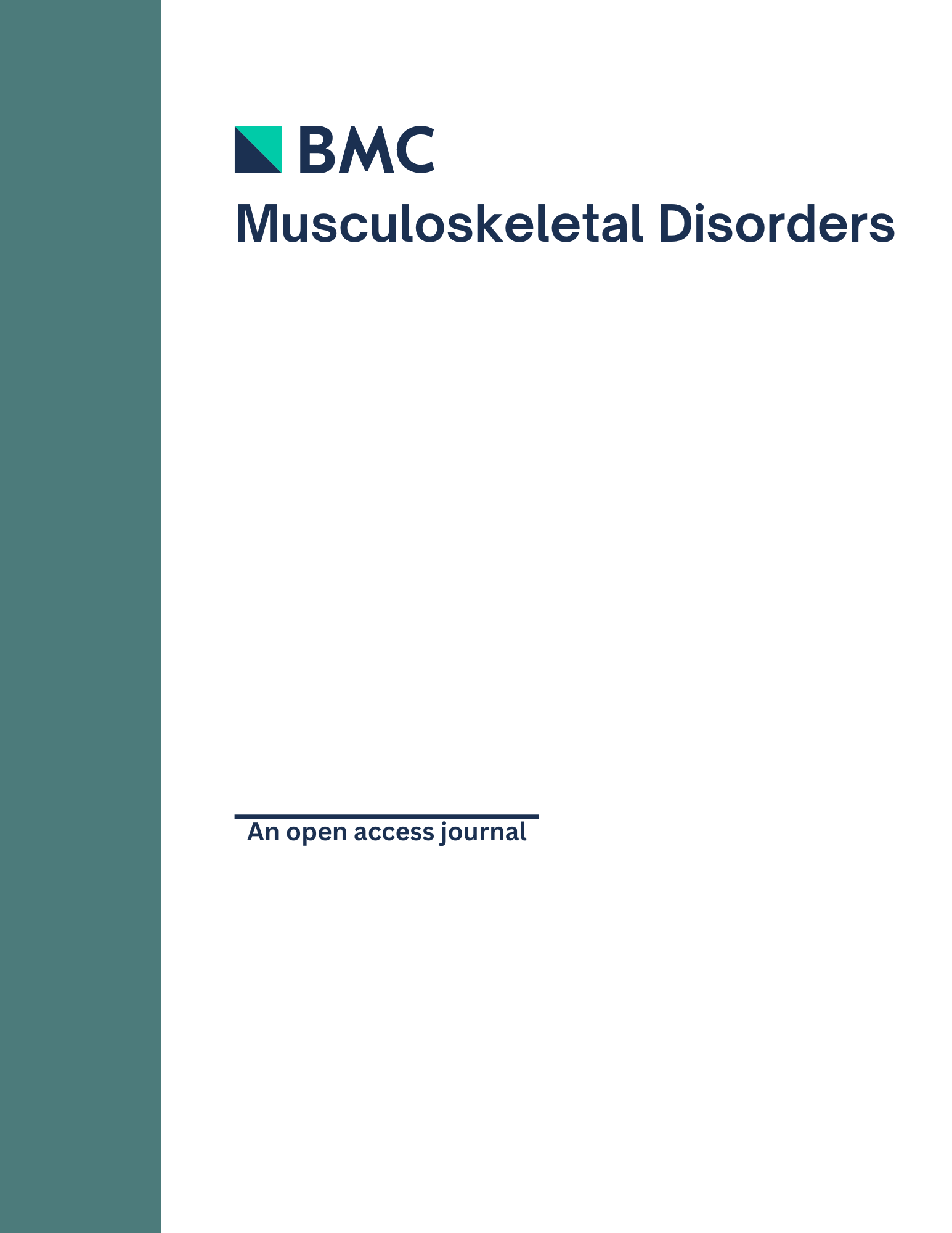
No significant short-term difference on pain & function between photo-activated PRP and HA

No significant short-term difference on pain & function between photo-activated PRP and HA
Intra-articular injection of photo-activated platelet-rich plasma in patients with knee osteoarthritis: a double-blind, randomized controlled pilot study
BMC Musculoskelet Disord. 2016 Feb 9;17(1):67Did you know you're eligible to earn 0.5 CME credits for reading this report? Click Here
Synopsis
23 patients with mild-moderate knee osteoarthritis were randomized to three weekly intra-articular injections of either hyaluronic acid (HA; Synvisc Hylan G-F 20) or photo-activated platelet-rich plasma (PRP). The purpose of this study was to compare pain and functional outcome between the two groups at 4 and 12 week follow-up after the last injection. Efficacy outcomes included a visual analog scale (VAS) for pain, the Knee Injury and Osteoarthritis Outcome Scale (KOOS), the Knee Quality of Life 26-Item questionnaire (KQoL-26), the Western Ontario and McMaster Universities Osteoarthritis Index (WOMAC), and functional performance tests. Findings demonstrated no significant differences between groups at either 4 or 12 week follow-up for any outcome measures. Nonetheless, as this was a pilot study, the trial was underpowered to accurately assess comparative efficacy between treatment options.
Additional Content
This ACE report is part of a significant literature review on intra-articular hyaluronic acid.
OrthoEvidence undertook a systematic search to identify clinical practice guidelines, meta-analyses and randomized controlled trials assessing the use of intra-articular hyaluronic acid in the treatment of knee osteoarthritis through electronic databases, reviewing the reference list of included publications, and suggestions from experts in the field.
Was the allocation sequence adequately generated?
Was allocation adequately concealed?
Blinding Treatment Providers: Was knowledge of the allocated interventions adequately prevented?
Blinding Outcome Assessors: Was knowledge of the allocated interventions adequately prevented?
Blinding Patients: Was knowledge of the allocated interventions adequately prevented?
Was loss to follow-up (missing outcome data) infrequent?
Are reports of the study free of suggestion of selective outcome reporting?
Were outcomes objective, patient-important and assessed in a manner to limit bias (ie. duplicate assessors, Independent assessors)?
Was the sample size sufficiently large to assure a balance of prognosis and sufficiently large number of outcome events?
Was investigator expertise/experience with both treatment and control techniques likely the same (ie.were criteria for surgeon participation/expertise provided)?
Yes = 1
Uncertain = 0.5
Not Relevant = 0
No = 0
The Reporting Criteria Assessment evaluates the transparency with which authors report the methodological and trial characteristics of the trial within the publication. The assessment is divided into five categories which are presented below.
2/4
Randomization
3/4
Outcome Measurements
4/4
Inclusion / Exclusion
4/4
Therapy Description
3/4
Statistics
Detsky AS, Naylor CD, O'Rourke K, McGeer AJ, L'Abbé KA. J Clin Epidemiol. 1992;45:255-65
The Fragility Index is a tool that aids in the interpretation of significant findings, providing a measure of strength for a result. The Fragility Index represents the number of consecutive events that need to be added to a dichotomous outcome to make the finding no longer significant. A small number represents a weaker finding and a large number represents a stronger finding.
Why was this study needed now?
Injection therapies have been increasingly prominent within research regarding treatment of knee osteoarthritis, with numerous randomized controlled trials investigating the efficacy of various products. Of these, popular topics include viscosupplementation with hyaluronic acid, and platelet rich plasma. Specifically regarding PRP, the use of photo-activation has been suggested to possibly heighten efficacy. Nevertheless, there are no RCTs evaluating the use of photo-activated PRP in knee osteoarthritis.
What was the principal research question?
Are there any significant differences in effect on pain or function between intra-articular injections of photo-activated platelet-rich plasma and hyaluronic acid in patients with knee osteoarthritis, assessed over 3 month follow-up?
What were the important findings?
- There were no significant differences in VAS pain scores between the PRP group and the HA group at either 4 weeks (MD 1.90 [-13..80, 17.60]; p=0.79) or 12 weeks (MD 18.81 [-0.62, 38.24]; p=0.06).
- There were no significant differences in KOOS scores between the PRP group and the HA group for any subscale at 4 and 12 weeks(Symptoms, Pain, Function, Sport, QoL) (all p>0.05).
- There were no significant differences in KQoL-26 scores between the PRP group and the HA group for any subscale at 4 and 12 weeks (Physical, Activity, Emotional) (all p>0.05).
- There were no significant differences in the results of functional performance tests between the PRP group and the HA group at 4 and 12 weeks (all p>0.05).
What should I remember most?
In the treatment of mild-moderate knee osteoarthritis, there were no significant differences in results at 4 and 12 week follow-up between three weekly intra-articular injections of photo-activated platelet-rich plasma and hyaluronic acid.
How will this affect the care of my patients?
The findings of this study suggest that short-term effects are similar between photo-activated platelet-rich plasma and hyaluronic acid injection therapies for symptomatic management and functional outcome in patients with mild-moderate knee osteoarthritis. Whether either therapy is truly efficacious in the treatment of this patient population is still unknown, given the mixed previous evidence of hyaluronic acid products in knee osteoarthritis treatment, the lack of placebo-controlled group in the current study, and the pilot nature of the trial. Therefore, additional randomized, placebo-controlled trials are necessary to more accurately quantify and compare the effects of these injection options in patients with knee osteoarthritis.
Learn about our AI Driven
High Impact Search Feature
Our AI driven High Impact metric calculates the impact an article will have by considering both the publishing journal and the content of the article itself. Built using the latest advances in natural language processing, OE High Impact predicts an article’s future number of citations better than impact factor alone.
Continue



 LOGIN
LOGIN

Join the Conversation
Please Login or Join to leave comments.